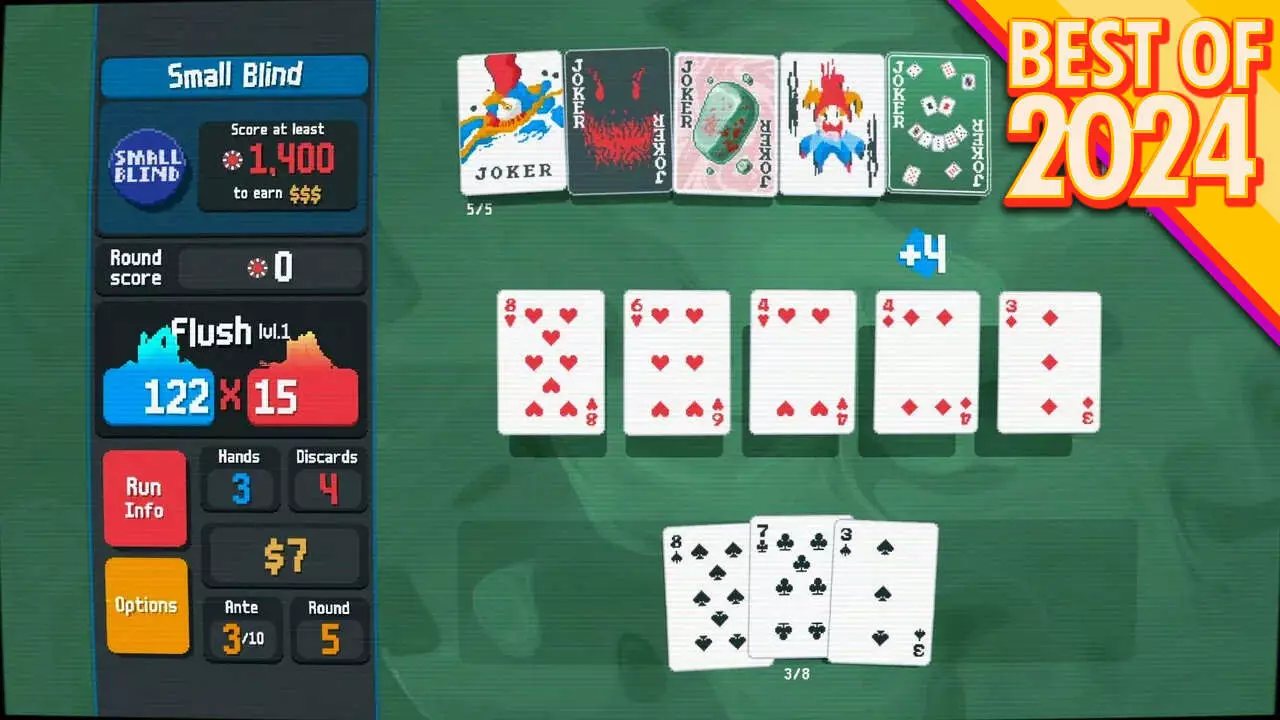Over the past year, trading card games (TCGs) have witnessed an extraordinary revival, overtaking conversations both online and offline. Many players are rediscovering the joys of these games, leading to a vibrant communal atmosphere centered around them. From Pokémon TCG Pocket to Magic: The Gathering, card games are cementing their place not only as entertainment but as shared social experiences. This article seeks to explore the reasons behind this resurgence, examining both the simplicity and complexity that these games offer, as well as the social connections they facilitate.
One of the most compelling reasons for the renewed interest in card games is the simplicity they often provide. In a world oversaturated with complex narratives and intricate mechanics in today’s video games, the straightforward nature of many card games offers a refreshing mental break. Games like Balatro, described as “Solitaire by way of Poker,” strip down the core components into easy-to-understand endeavors, allowing players to engage without the burden of profound commitment. This accessibility is vital in a fast-paced world where time is a precious commodity.
Additionally, these games invite players to participate at their own pace. The auto-battle feature in Pokémon TCG Pocket allows players to enjoy the visual appeal of the cards and the thrill of collection without the intense focus required in more strategy-heavy games. Balatro’s roguelike mode is designed for idle playing, enabling players to engage in a quick game during a commute or a break. This blend of simple mechanics with the option for varied gameplay results in a format that caters to both casual gamers and those seeking depth.
However, the allure of card games extends beyond their mechanics; they thrive on social interaction. Our society thrives on connection, and the resurgence of card games echoes the human desire for community. In many cases, people are drawn into the world of trading card games not just for the gameplay, but because their friends are participating, creating a unique blend of competition and camaraderie.
The game’s communal aspect provides a fantastic opportunity to forge relationships. I, too, have experienced this phenomenon firsthand; my own friends and colleagues are not just playing these games—they’re creating shared rituals around them. Whether it’s huddling around a table to strategize or sharing screenshots of rare card finds, the collective experience amplifies the excitement and serves as a facilitator of bonding. Moments spent engaging with others over a shared interest foster a sense of belonging that no single-player experience can replicate.
Interestingly, the resurgence of card games does not only appeal to a new generation but also taps into a sense of nostalgia among older players. Many individuals carry fond memories of playing card games during their formative years. Titles like Yu-Gi-Oh and Magic: The Gathering serve as gateways, drawing in players who wish to revisit their childhood while simultaneously introducing a younger audience to the vibrant world of TCGs.
The contemporary game designs currently dominate the market, boasting high-quality artwork, engaging themes, and frequent updates that resonate with both nostalgia and innovation. As seen with the success of TCG Card Shop Simulator and the upcoming Slay the Spire 2, these games are not simply rediscovering an old fanbase—they are evolving, incorporating modern gameplay elements while keeping the passion for card collection alive.
Looking forward, the trend of card games shows no signs of waning. With anticipated releases and expansions into new themes and universes, the excitement within the gaming community continues to grow. We are likely to witness more collaborative projects, with developers keen to blend their card games with popular franchises—a strategy that has already proven successful.
The heartbeat of this card game renaissance rests on its communal nature, simplicity, and nostalgic connection. People are eager to dive deep into their favorite childhood games while sharing experiences with friends and family. As player enthusiasm continues to swell, the future of trading card games appears brighter than ever, promising new gameplay experiences and deepening social connections.
While the allure of card games may vary from player to player, the underlying truth remains: they are vibrant, communal experiences that adapt to our lifestyle while also bringing a sense of joy and nostalgia. Whether you are a seasoned player or new to the scene, 2024 is shaping up to be a year where trading card games continue to thrive, reshaping how we connect through shared imaginations.


Leave a Reply